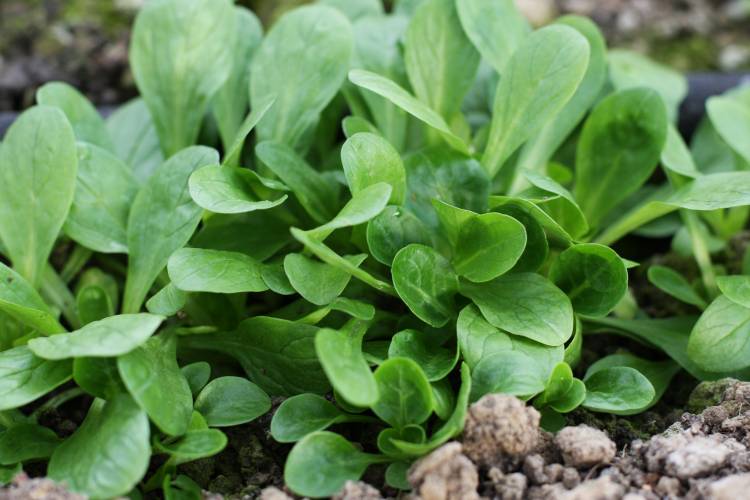Lamb's lettuce: interesting nutritional properties
Lamb's lettuce has excellent nutritional properties, providing numerous vitamins and nutrients that are very beneficial for the body. Did we find them all?
fresh food
Share

Also known as "catnip" because of its smell (which attracts felines), lamb's lettuce is one of the most common products in any supermarket and one of the most commonly used foods in a multitude of recipes. Lamb's lettuce belongs to the Valerianaceae family, a herb that is distinguished, specifically, by the peculiar arrangement of its small green leaves in the form of bouquets or rosettes. This herb is small (from 10 to 30 centimetres in height) and its leaves are rounded; the smaller, the tastier and more tender they are.
As a side point, it is interesting to know that lamb's lettuce started being consumed as part of the peasant diet a few centuries ago. It is also interesting to know that this food owes its Spanish name, canónigos, to the fact that they were cultivated and consumed by clerics in Christian monasteries during the Middle Ages. From the end of the 20th century to the present day, it has been increasingly consumed among the entire population. And it is easy to know the reason, since its qualities are highly recognised and lauded.
As such, lamb's lettuce has many diverse benefits. From a nutritional point of view, lamb's lettuce stands out for being a source of minerals such as iodine and potassium, and vitamins, such as vitamin C, A and B6, in addition to having a low caloric intake. But that's not all: thanks to its vitamin C content, it is also a very powerful antioxidant. Vitamin A contributes to the maintenance of mucous membranes, skin and vision under normal conditions, and vitamin B6 contributes to the normal formation of red blood cells. In addition, its potassium content helps maintain normal blood pressure, and its iodine content contributes to the normal production of thyroid hormones.
The nutritional properties of lamb's lettuce stand out, while contraindications are practically non-existent. As you have heard (or rather, read): there are no known contraindications for this type of herb, which, in addition to being used in fresh summer dishes, can be eaten in various (and tasty) ways.

Recipes that use lamb's lettuce
We may not have realised this because we are used to eating it fresh, but cooked lamb's lettuce is actually a great way to consume it on a daily basis. In addition to salads, lamb's lettuce and its nutritional properties can be enjoyed all year round and practically to everyone's taste. It is worth remembering, however, that the shelf life of lamb's lettuce is short, so it is worth bearing this in mind in order to get the most out of it when we buy it.
Some examples of how to use lamb's lettuce include adding it into delicious creams, sauces and soups; it can also be added to pizza once it is cooked (having sprinkled it with grated Parmesan). Its flavour goes perfectly with meat, chicken or fish, which demonstrates its extraordinary versatility. Even lamb's lettuce omelette is extremely easy to make and, with a few slices of tomato on the side, it's as simple as it is healthy and is a great choice for a dinner party.
Now that you know all the benefits of lamb's lettuce, all that remains is to put into practice the recipes that make this a star product. For all its nutritional properties, lamb's lettuce is sure to become a recurring product on your shopping list.






